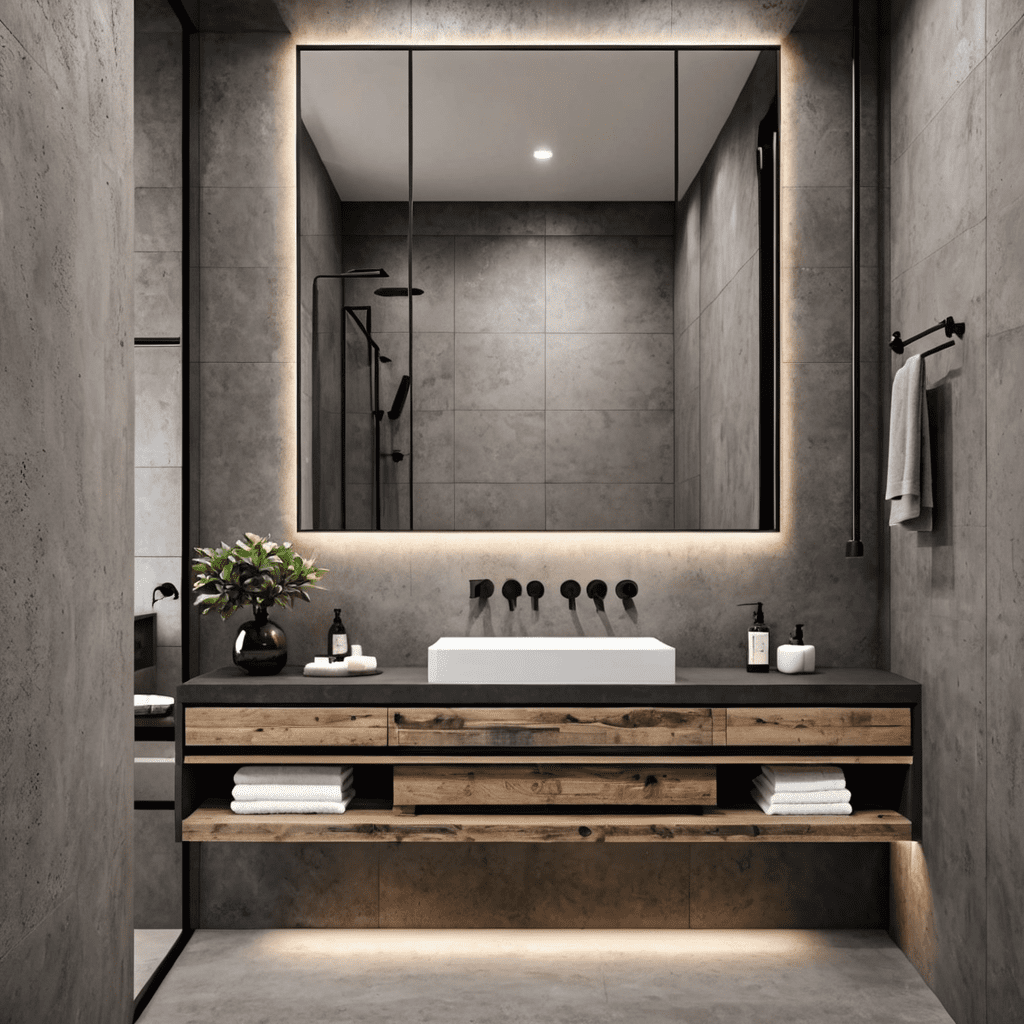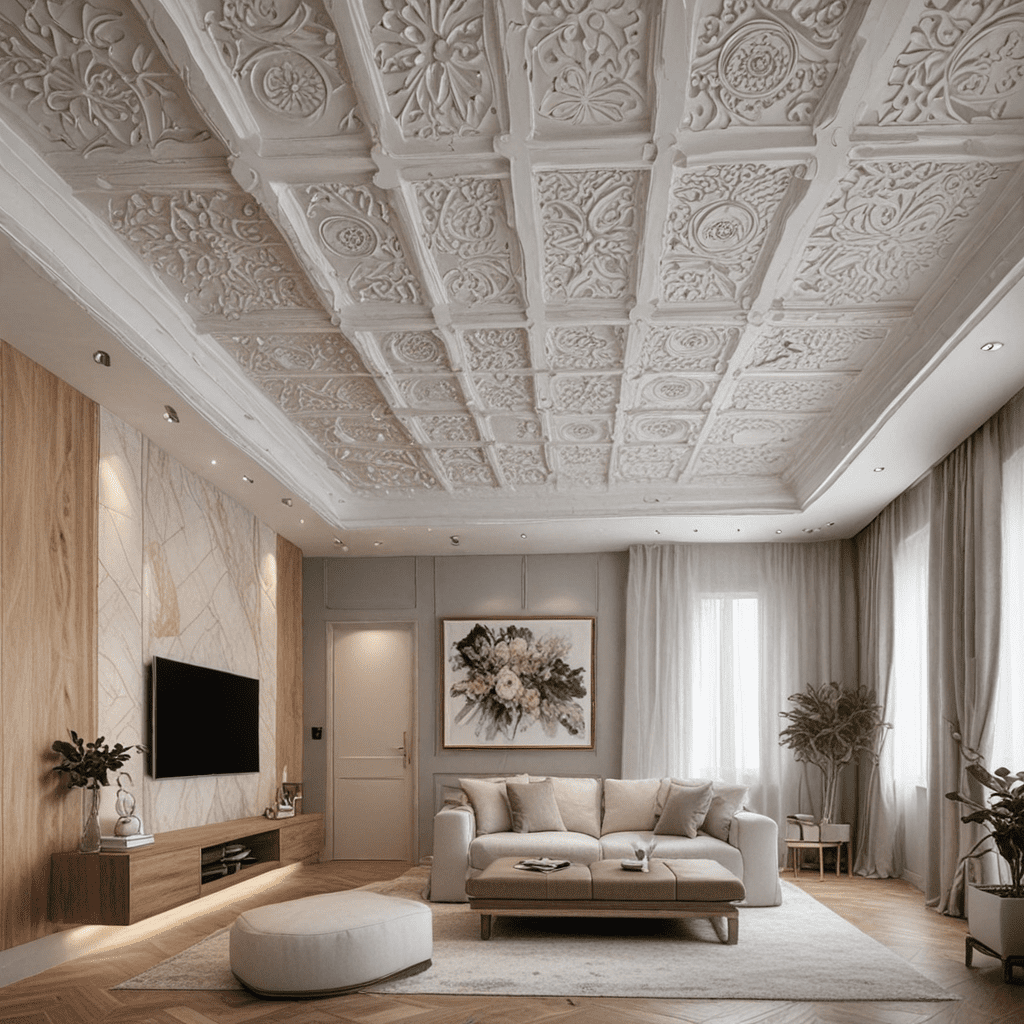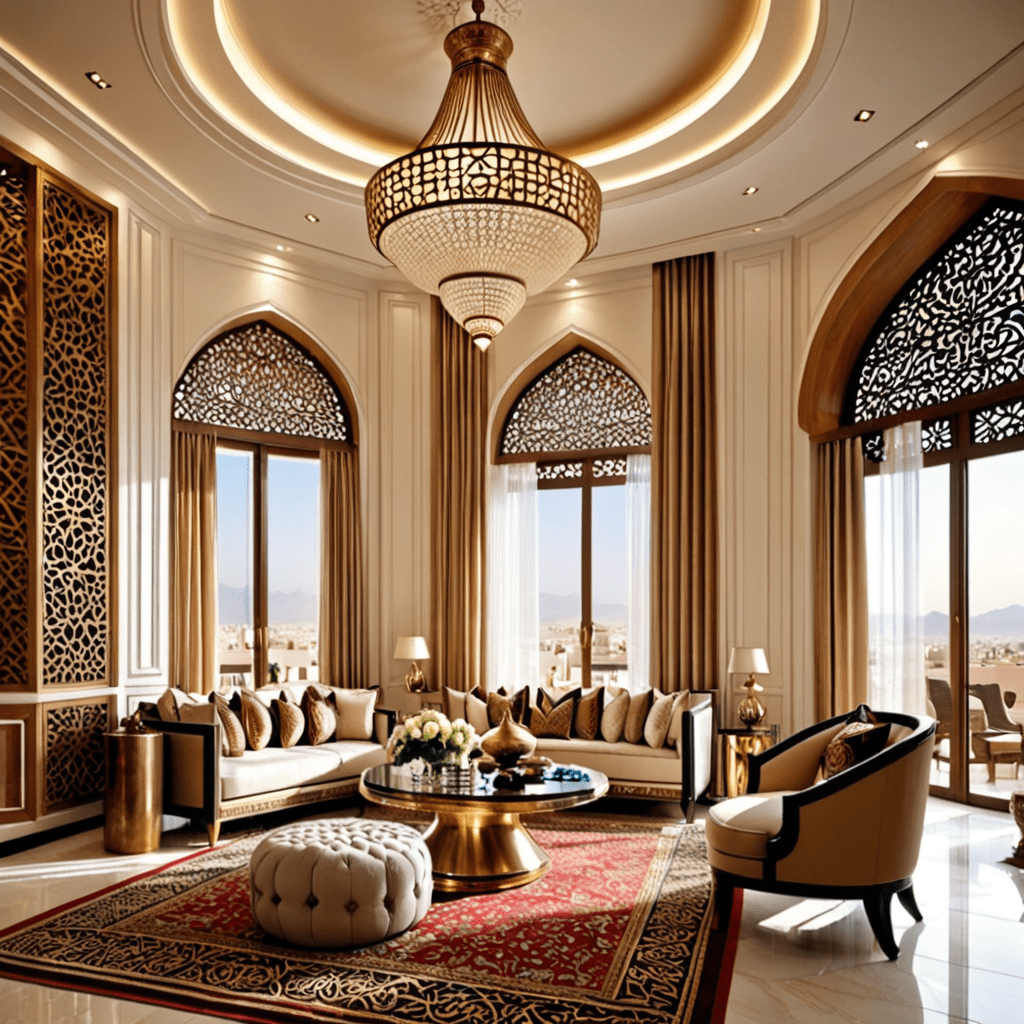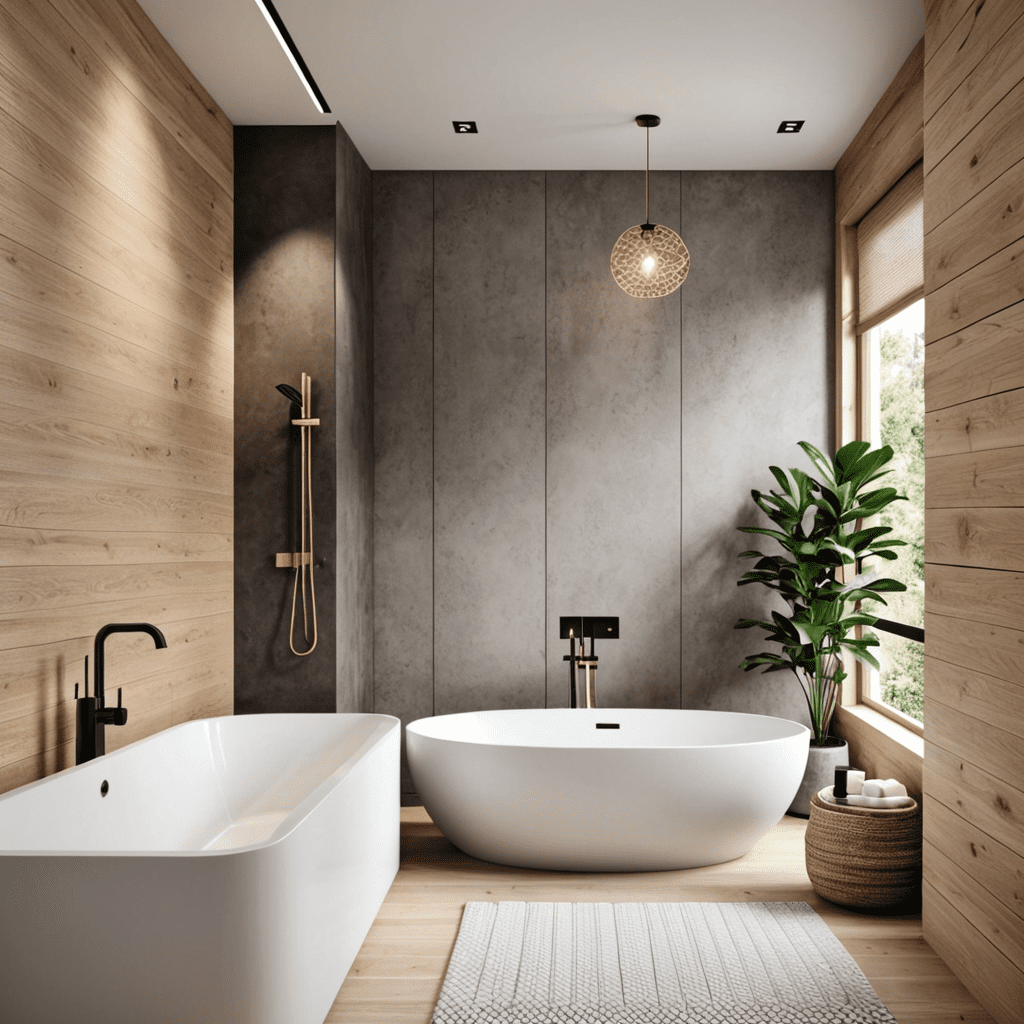„Uncover the Timeless Elegance of German Interior Design for Your Home”
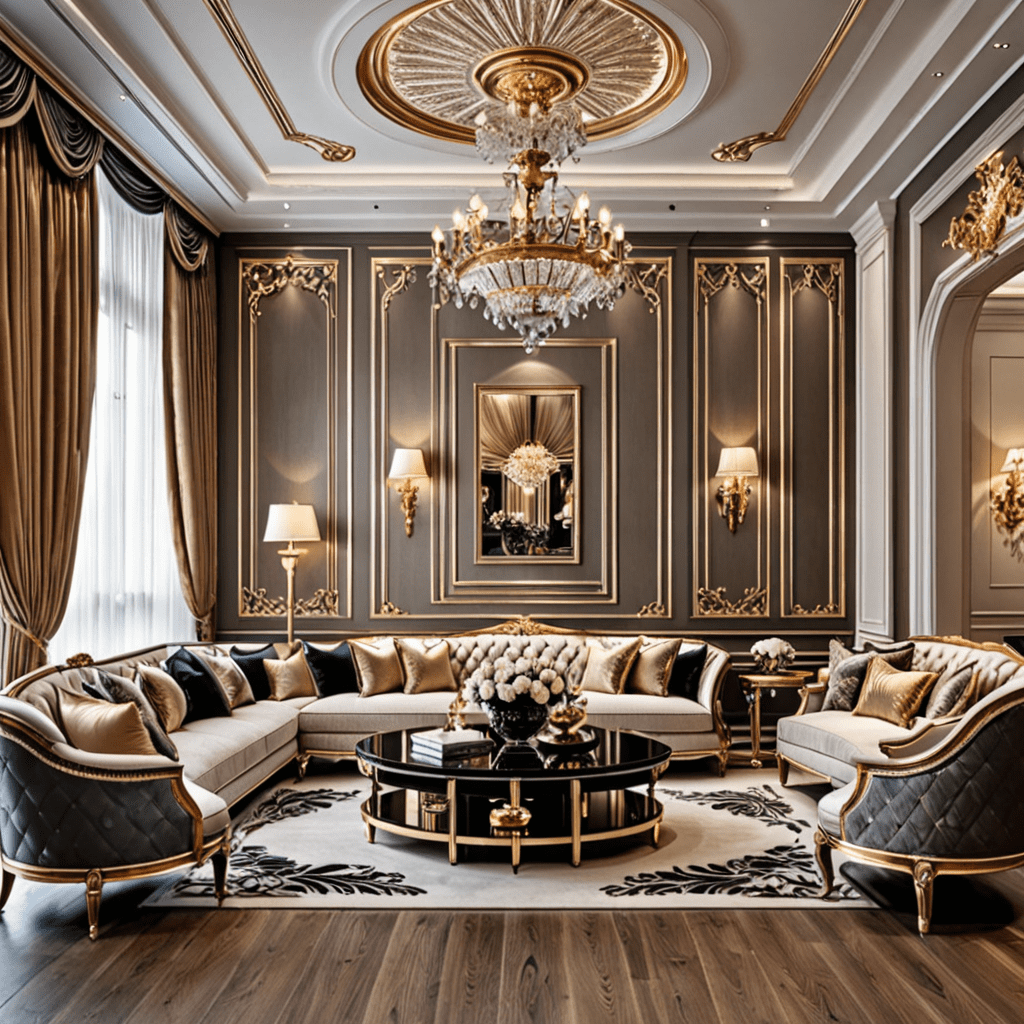

Uncover the Timeless Elegance of German Interior Design for Your Home
Introduction
When it comes to interior design, the Germans have a reputation for their impeccable style and attention to detail. From sleek lines to functional furnishings, German interior design exudes a timeless elegance that can transform any space into a sophisticated retreat. Whether you’re looking to redecorate your entire home or just add a touch of German flair, this article will guide you through the essential elements and principles of German interior design.
The Elements of German Interior Design
German interior design is known for its commitment to simplicity, functionality, and quality craftsmanship. By combining these elements, German designers create spaces that are not only visually pleasing but also highly practical. Let’s dive into the key elements that define German interior design:
1. Clean Lines and Minimalism
German interior design embraces clean lines and minimalism, focusing on simplicity and understated beauty. The emphasis is on creating a sleek and uncluttered look, with furniture and accessories carefully selected to enhance the overall aesthetic without overwhelming the space.
2. Natural Materials
German design often incorporates natural materials such as wood, stone, and ceramic to bring a sense of warmth and authenticity to the space. From solid wood floors to exposed brick walls, these materials add texture and depth, creating a harmonious and inviting atmosphere.
3. Functionality and Practicality
German interior design prioritizes functionality and practicality without compromising style. Every piece of furniture or decor serves a purpose, ensuring that the space is not only beautiful but also highly usable. From clever storage solutions to multi-functional pieces, German design seamlessly combines form and function.
4. Neutral Color Palette
A neutral color palette forms the basis of German interior design. Shades of white, beige, gray, and earth tones dominate the color scheme, creating a timeless and calming ambiance. This neutral backdrop allows for versatility and provides the perfect canvas to showcase carefully curated accessories and artworks.
5. Attention to Detail
German designers are known for their meticulous attention to detail. From perfectly aligned seams on upholstery to intricately designed light fixtures, every element is carefully considered to ensure a cohesive and harmonious look.
6. Incorporation of Technology
German interior design seamlessly integrates technology into the space, making it an integral part of the overall design. From smart home systems to innovative lighting solutions, German designers find ways to incorporate technology while maintaining the aesthetic appeal of the space.
The Principles of German Interior Design
Now that we’ve explored the key elements of German interior design, let’s delve into the principles that guide the creation of these timeless spaces:
1. Quality over Quantity
German design values quality over quantity. Rather than filling a space with countless pieces of furniture and accessories, the focus is on selecting high-quality, long-lasting items that will stand the test of time.
2. Functionality as a Priority
Functionality is at the core of German interior design. Every design decision is driven by the desire to create a space that is not only visually appealing but also highly functional and practical.
3. Attention to Ergonomics
Ergonomics play a significant role in German design. From the height of chairs to the placement of light switches, every aspect is carefully considered to ensure maximum comfort and efficiency.
4. Sustainable and Eco-Friendly Practices
German design embraces sustainable and eco-friendly practices, incorporating energy-efficient appliances, renewable materials, and environmentally conscious choices throughout the space. This commitment to sustainability is not only good for the environment but also aligns with the timeless nature of German design.
5. Harmonious and Balanced Compositions
German interior design focuses on creating harmonious and balanced compositions. Whether it’s through symmetrical arrangements, the use of proportionate furniture, or carefully curated color palettes, the goal is to achieve a sense of visual equilibrium.
Frequently Asked Questions (FAQ)
1. How can I incorporate German interior design into my home?
To incorporate German interior design into your home, focus on clean lines, minimalism, natural materials, and a neutral color palette. Consider decluttering your space, investing in high-quality furniture, and paying attention to functionality and practicality.
2. Can German interior design work in small spaces?
Absolutely! German interior design is highly adaptable and can work wonders in small spaces. By maximizing storage options, using multi-functional furniture, and embracing minimalism, you can create a stylish and functional environment, regardless of the square footage.
3. How can I achieve a timeless German aesthetic without breaking the bank?
While German design often showcases high-quality and premium materials, you can achieve a similar aesthetic on a budget by opting for budget-friendly alternatives. Look for pieces that mimic the clean lines and functionality of German design, and focus on decluttering and organizing your space to create a streamlined look.
4. Can I mix German interior design with other design styles?
Absolutely! German interior design can be seamlessly blended with other design styles to create a unique and personalized space. Consider incorporating elements of Scandinavian design, modernism, or even rustic charm to add your own twist while still maintaining the timeless elegance of German design.
5. Are German interior design principles suitable for commercial spaces?
Yes, German interior design principles can be applied to commercial spaces as well. The emphasis on functionality, quality, and attention to detail can create inviting and efficient environments for businesses, hotels, and public spaces.
6. How can I find German-inspired furniture and decor?
There are various online and physical stores that offer German-inspired furniture and decor. Look for brands that prioritize quality and craftsmanship, and don’t be afraid to mix and match different pieces to create a curated look that reflects your personal style.

